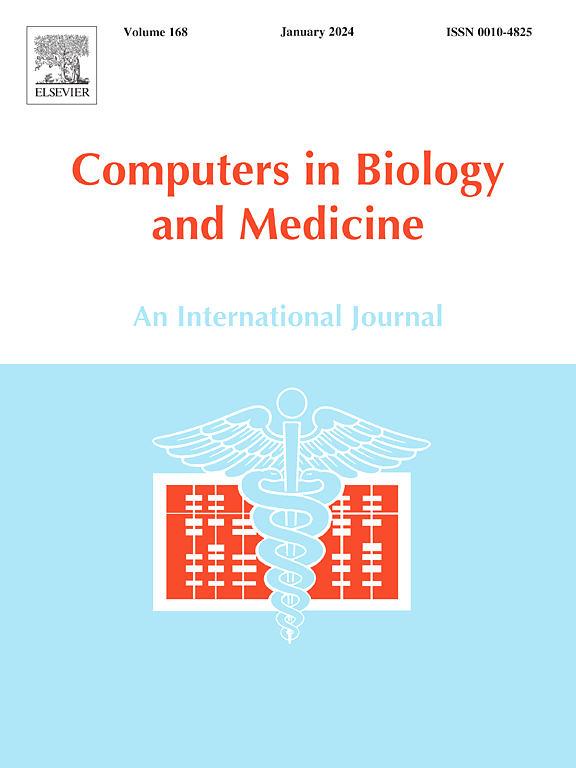Interpretable deep learning method to predict wound healing progress based on collagen fibers in wound tissue
IF 7
2区 医学
Q1 BIOLOGY
引用次数: 0
Abstract
Background and objective
The dynamic evolution of collagen fibers during wound healing is crucial for assessing repair progression, guiding clinical treatment, and drug screening. Current quantitative methods analyzing collagen spatial patterns (density, orientation variance) lack established criteria to both stratify distinct healing periods and detect delayed healing conditions, necessitating the establishment of a novel classification method for wound healing status based on collagen fibers.
Methods
We propose a deep learning method to classify various time points of wound healing and delayed healing using histological images of skin tissue. We fine-tune a pre-trained VGG16 model and enhance it with an interpretable framework that combines LayerCAM and Guided Backpropagation, leveraging model gradients and features to visually identify the tissue regions driving model predictions.
Results
Our model achieved 85 % accuracy in a five-class classification task (normal skin, wound skin at 0, 3, 7, and 10 days) and 78 % in a three-class task (normal skin, wound skin at 0 days, diabetic wound skin at 10 days). Our interpretable framework accurately localizes collagen fibers without pixel-level annotations, demonstrating that our model classifies healing periods and delayed healing based on collagen regions in histological images rather than other less relevant tissue structures.
Conclusions
Our deep learning method leverages collagen fiber features to predict various time points of wound healing and delayed healing with high accuracy and visual interpretability, enhancing doctors' trust in model decisions. This could lead to more precise and effective wound treatment practices.
求助全文
约1分钟内获得全文
求助全文
来源期刊

Computers in biology and medicine
工程技术-工程:生物医学
CiteScore
11.70
自引率
10.40%
发文量
1086
审稿时长
74 days
期刊介绍:
Computers in Biology and Medicine is an international forum for sharing groundbreaking advancements in the use of computers in bioscience and medicine. This journal serves as a medium for communicating essential research, instruction, ideas, and information regarding the rapidly evolving field of computer applications in these domains. By encouraging the exchange of knowledge, we aim to facilitate progress and innovation in the utilization of computers in biology and medicine.
 求助内容:
求助内容: 应助结果提醒方式:
应助结果提醒方式:


